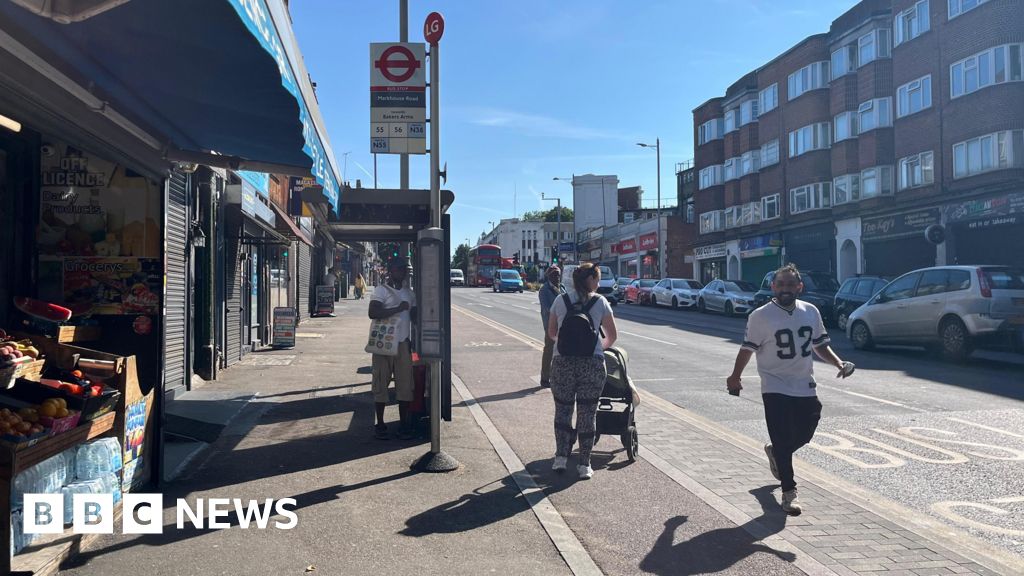
"Sarah Gayton, street access campaign coordinator at the National Federation of the Blind of the UK, emphasized the need for new solutions, stating it is time to "go back to the drawing board and get better solutions for blind, visually impaired people, all bus passengers and cyclists." This highlights the potential dangers faced by vulnerable road users at floating bus stops."
"The Department for Transport stated that safety and accessibility are absolute priorities, and thus will require all local authorities in England to pause the rollout of floating bus stops until new guidance is developed."
"Ms Gayton criticized floating bus stops, particularly the Shared Use Bus Border (SUBB) design, calling them "an absolute nightmare" for visually impaired individuals who must navigate bus boarding from a cycle lane."
"London currently has 164 floating bus stops, indicating a significant implemented infrastructure change. The majority of these are located in boroughs like Tower Hamlets, Waltham Forest, and Southwark."
The government has paused the rollout of a type of floating bus stop design that features a cycle lane between the stop and the kerb. This design aims to ensure safety for bus passengers and cyclists, but campaigners, especially from the National Federation of the Blind of the UK, argue that it does not address accessibility for visually impaired individuals. The Department for Transport reinforced its commitment to road safety by halting implementation until new guidance is established. Currently, there are 164 floating bus stops in London, with significant numbers concentrated in three boroughs.
Read at www.bbc.com
Unable to calculate read time
Collection
[
|
...
]